Ayurvedic Treatment For Migraine
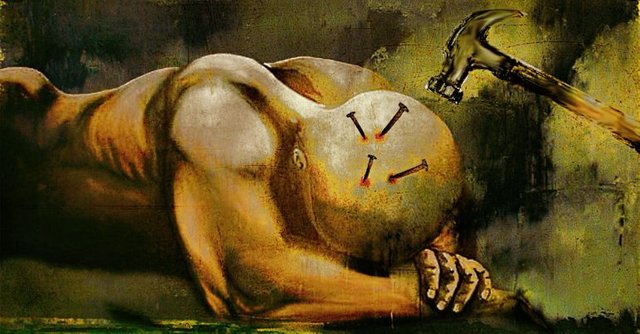
Migraines are caused by vata and pitta dosha imbalances. Healthy habits like timely meals, 7-hour sleep, and no smoking or drinking are a first step. Avoid hurting the sense organs with excess – strong perfumes, bright lights, loud noises, or boiling or freezing bath water. Practice anuloma viloma pranayama. For a pitta body type, try nasya. For vata, try shirodhara. Take Ayurvedic meds in prescribed doses when under a migraine attack.
Ayurveda refers to migraine as suryavarta when the headache affects the entire region of the head or ardhavabhedaka when the headache affects only one side of the head.
Migraine is dominantly caused by the vata and pitta doshas and these two body types are more prone toward this disease. The symptoms and treatments vary according to the dosha dominance. Here’s a quick table:
| Dominant Dosh | Main Symptoms | Treatment |
|---|---|---|
| Vata Dosh | Headache in the temporal region, dizziness | Head massage, shirodhara, nasya therapy |
| Pitta Dosh | Migraine aura, a burning sensation, gastric disturbances | Head massage with cooling oils like coconut oil, nasya therapy |
| Kapha Dosh | Heaviness of the head, a dull pain, numbness, appetite loss (anorexia) | Herbal smoking, vamana therapy |
Ayurvedic Diet And Lifestyle For Migraines
For different body types, dosha-based diets are advised. But with migraines, the body type does not majorly contribute. To put it in different words, the migraine pathology and symptom manifestations are slightly beyond the influence of body types. The following diet and lifestyle rules apply for migraines, irrespective of the body type:
Food And Drink
Eat at regular intervals.
- Avoid fasting as it increases both pitta and vata doshas, worsening migraines.
- Never skip meals.
- Avoid or restrict using green chili. You can have cinnamon, cardamom, clove, ginger, and pepper. Include herbs like brahmi, ashwagandha, shankhapushpi, rasna (pluchea lanceolata), bala (sida cordifolia), coriander, lemon grass, ginkgo biloba, butcher’s broom, and indigo in the diet. Also, watch out for the things or foods that trigger a migraine attack. Make a list of these and avoid them.
- Do not drink strong coffee or tea. If you plan to quit these, do not stop abruptly. Let the withdrawal be gradual.
Daily Lifestyle Tips
- Walk for 10 minutes early in the morning in the fresh air.
- Get a minimum of 7 hours of sleep.
- Do not take bath in too hot or too cold water.
- Maintain proper ventilation at your place. Do not use the air conditioner for a long period of time.
- Use a very mild deodorant/perfume.
- Wear sunglasses wherever possible or use an umbrella or a hat to protect yourself from direct sunlight. Also, always lower the brightness of your computer/TV.
- Try to avoid pubs and clubs with loud music and flashy bright lights. Avoid any kind of loud noises.
- Try to control your anger.
- Quit smoking and get rid of alcohol addiction.
Ayurvedic Treatments For Migraines
1. Nasya Treatment
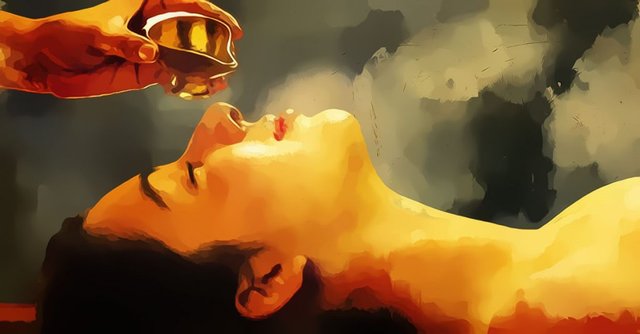
- In nasya treatment, usually, first, the face and the head are massaged for 5–10 minutes with oils such as Mahanarayana taila and Mahamasha taila.
- Then slight fomentation (sweating treatment) is given with steam therapy, or the face is mopped with a towel dipped in hot water for 2–5 minutes.
- Then 2–8 drops of herbal oils are instilled into each nose, preferably in the morning. This is done for 7–14 days.
- After nasya treatment, a herbal smoking treatment is given with herbs like guggulu, neem, and turmeric.
The commonly used oils for nasya are:
- Ksheerabala taila
- Anu taila
- Shadbindu taila
- Sesame oil
- Mahanarayana taila
2. Shirodhara
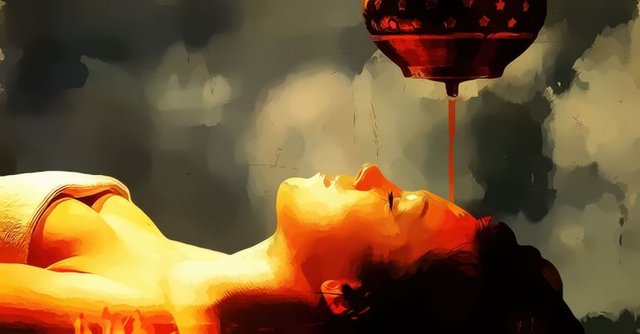
A thin stream of oil is poured uniformly over the forehead for 30–60 minutes for 7–14 days. This is useful in vata imbalance. Some of the oils that are commonly used are:
- Ksheerabala taila
- Mahamasha taila
- Narayana taila
- Mahanarayana taila
- Brahmi taila
- Chandanabala lakshadi taila
- Lakshadi taila
- Shatavari taila
- Yashtimadhu taila
- Dhanwantaram taila
- Manjishtadi taila
- Balashwagandhadi taila
- Karpasasthyadi taila
3. Jala Neti
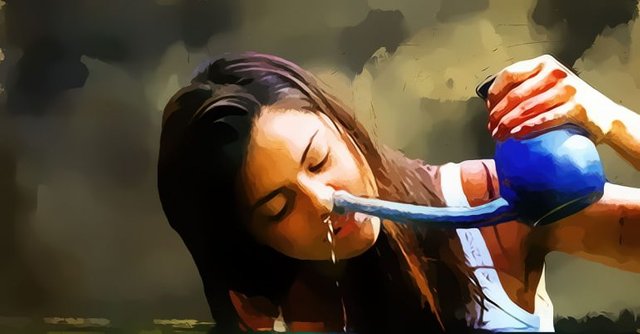
This is a simple technique to treat migraine. On an empty stomach, a stream of water is poured from one nostril and let out from the other. Usually, this is done with the help of a neti pot. Here’s how to do it.
4. Pranayama
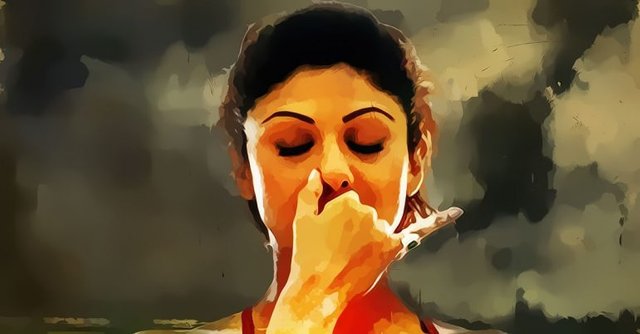
Usually, anuloma viloma pranayama is the best choice for migraine treatment. Slowly inhale for 6–8 seconds and slowly exhale for 4–6 seconds for 3–5 minutes, twice a day, on empty stomach or before food. Incorrect pranayama or excess of pranayama may trigger migraine in some people. Hence, it should be undertaken under expert guidance. Here’s all you need to know about pranayama.
5. Yoga Nidra
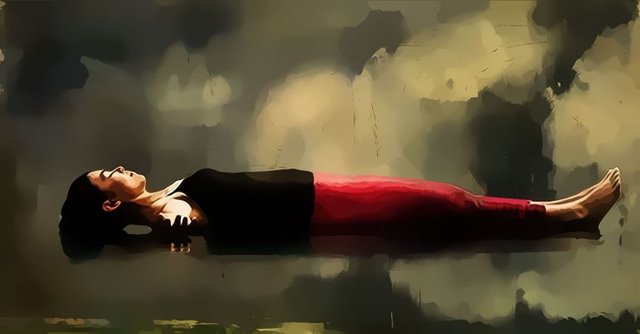
Sleeping with a relaxed mind by concentrating on different body parts is a useful relaxation technique for migraine. While doing yoga nidra and also pranayama, visualize that, gradually, all the body and mind toxins causing the migraine are leaving the body and, slowly, a positive healing energy is entering the mind and body. This will enhance the effect of these procedures. This is how yoga nidra works.
Ayurvedic Medicines For Migraines
Do not take pain-mitigating medicines frequently. Over intake of these may cause rebound headaches and eventually increase the frequency of migraines. Go to a nearby Ayurveda center and get a massage with Mahanarayana taila once a week. Or get a massage at home with the oil once a week and then take a bath. During an attack of migraine, these medicines are also useful. Please note that these should be strictly taken according to a prescription of a health expert and not recommended for self medication.
- Cephagraine tablet – 2 tablets, 2 times a day after food
- Yogaraja guggulu tablet – 2 tablets, 3–4 times a day after food
- Rasnadi kashayam – 15 ml mixed with 15 ml of water just before food
Some of the other medicines that are useful to treat migraines are:
- Manasamitra vatakam
- Shirashooladi vajra rasa
- Rasnadi guggulu
- Mahayogaraja guggulu
- Maharasnadi kada
For related articles and details please click here.
Source: curejoy.com
This post has been ranked within the top 80 most undervalued posts in the first half of Jan 13. We estimate that this post is undervalued by $2.73 as compared to a scenario in which every voter had an equal say.
See the full rankings and details in The Daily Tribune: Jan 13 - Part I. You can also read about some of our methodology, data analysis and technical details in our initial post.
If you are the author and would prefer not to receive these comments, simply reply "Stop" to this comment.